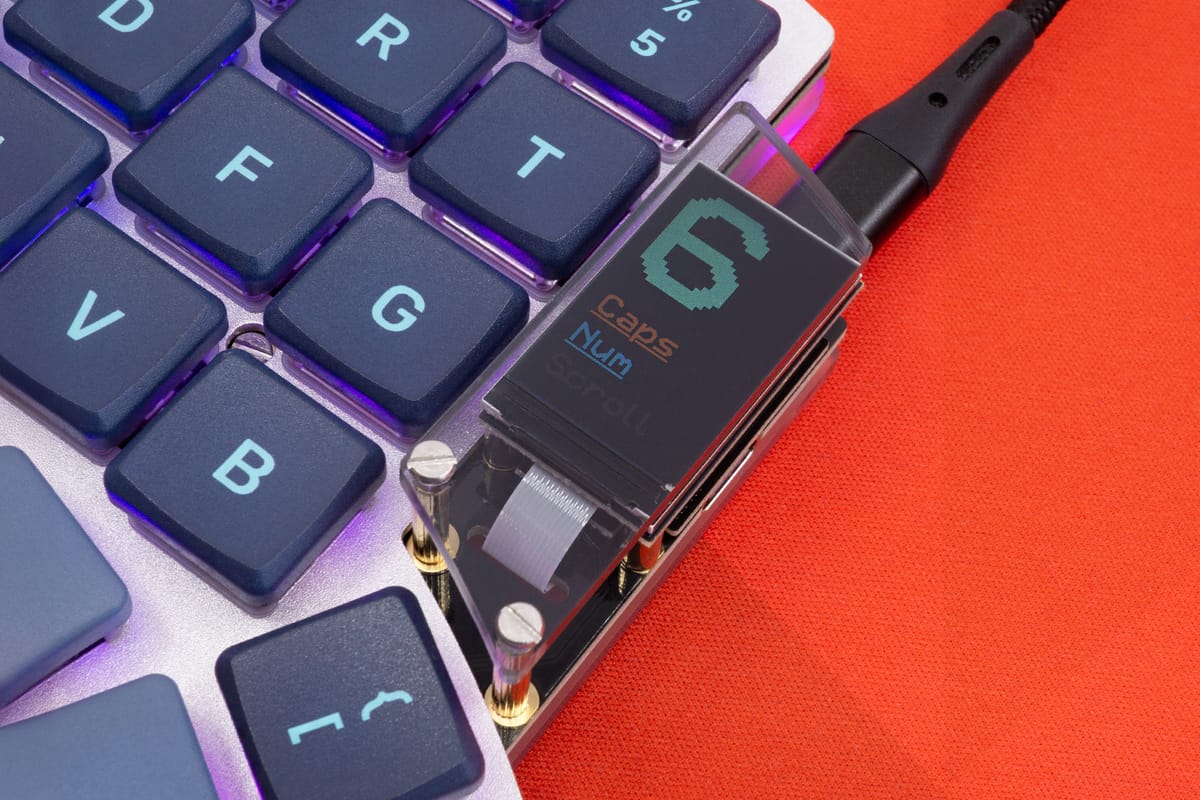We've been busy, it's been five months since the last blog post! Let's get you up to date on what we've been busy with:
- ✨ New keyboard: The Halcyon Elora Choc
- 🛜 Preview: Halcyon Wireless
- 📈 What's next: Roadmap
Halcyon Elora Choc
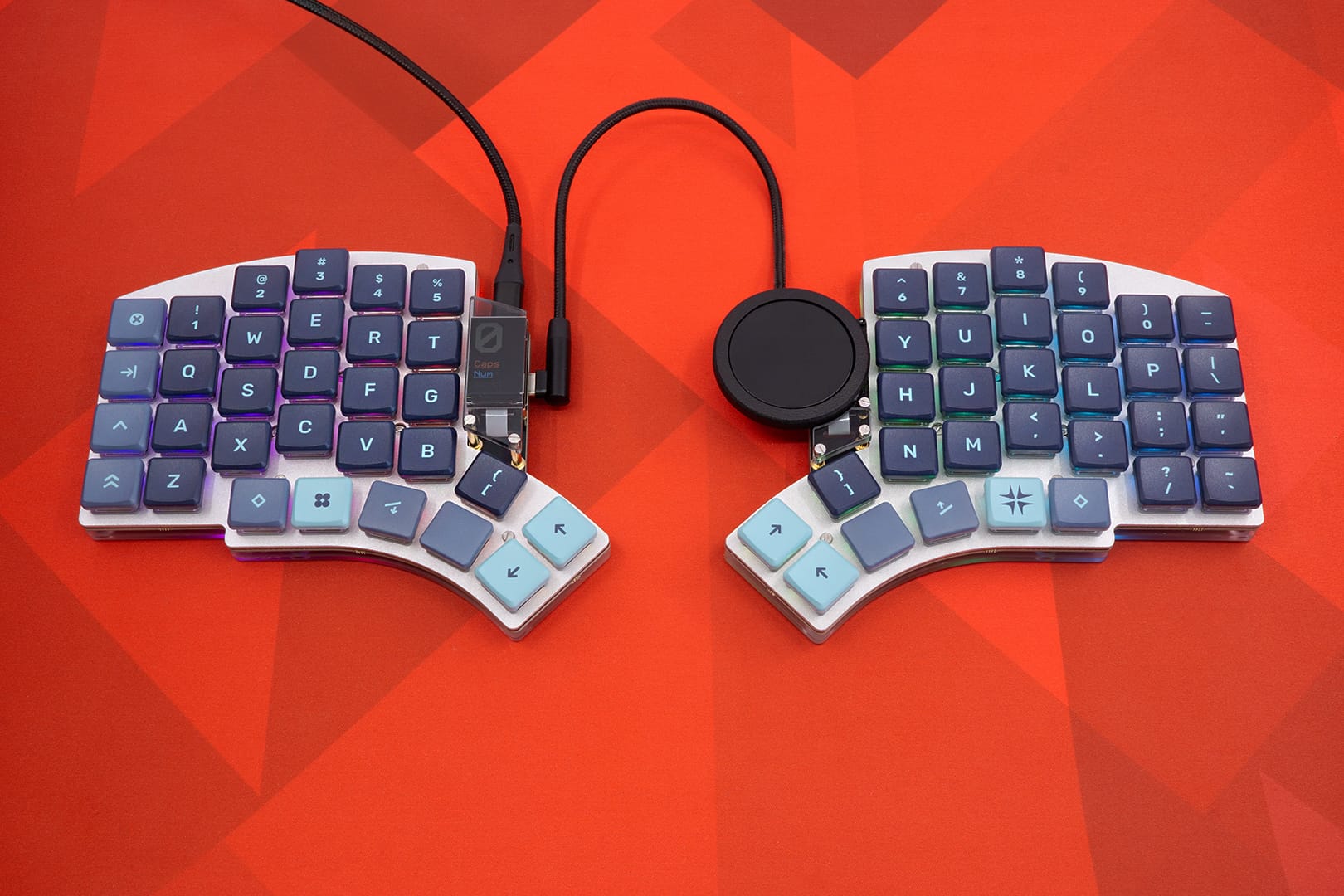
The Elora is one of our most popular keyboards, and for those who like low profile switches, a new version is now available: the Halcyon Elora Choc!
It sports the same layout as the MX version, but it supports Kailh Choc Low Profile switches instead, using hot swap sockets. Like all other Halcyon Series keyboards, this does not require any soldering and boasts the same feature set. Neat!
What's new is that we now put some additional logos on the PCBs: a CE logo and a WEEE logo.
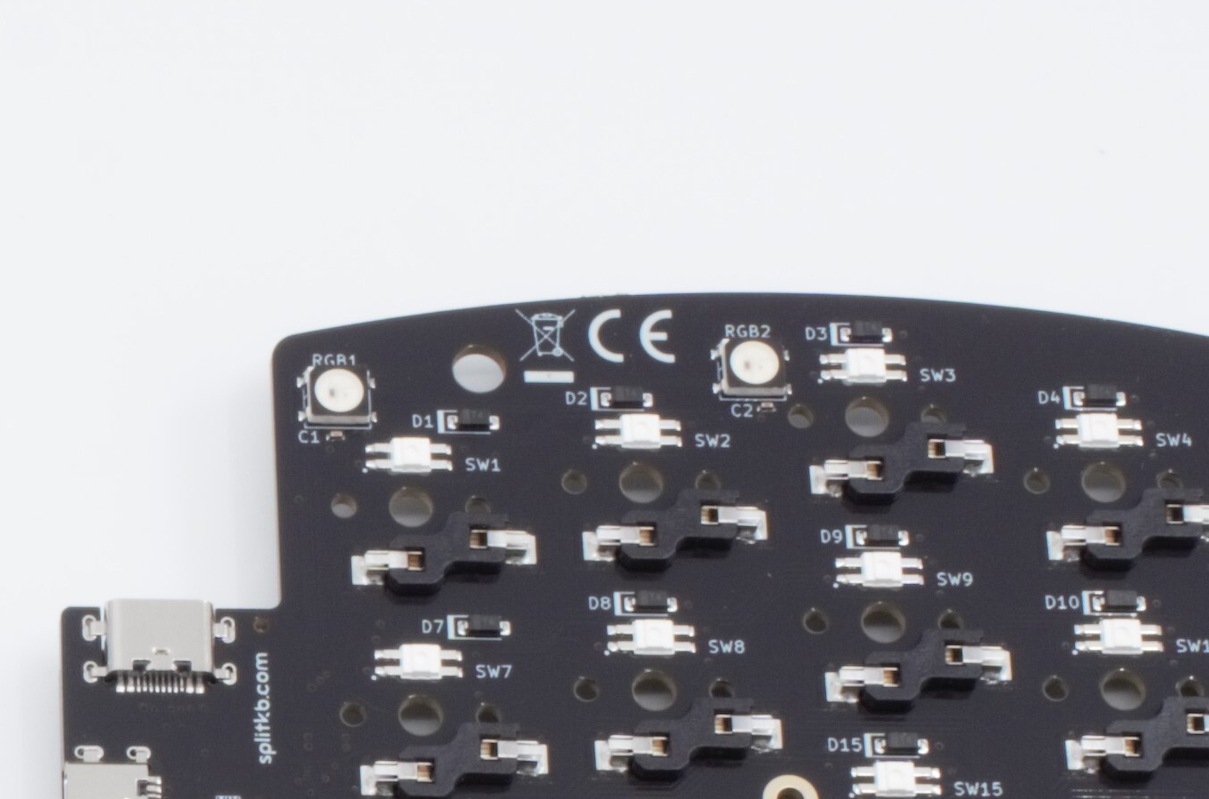
Papers, please!
The logos themselves don't do much, but the keyboards passing CE certification does: using our keyboards won't cause excess electromagnetic interference which could impact device connectivity, such as Bluetooth, Wi-Fi or even your phone signal. Next to that, it's tested to be able to withstand electrostatic discharge events (ESD), meaning those little zaps you may feel when touching electronics won't damage your keyboard.
We already tried to adhere to best practices and the certification is one more step to proof that what we designed actually holds up in practise. We're pretty proud of that, though you as a customer won't notice it – which is precisely the point. Nice!
Preview: Halcyon Wireless
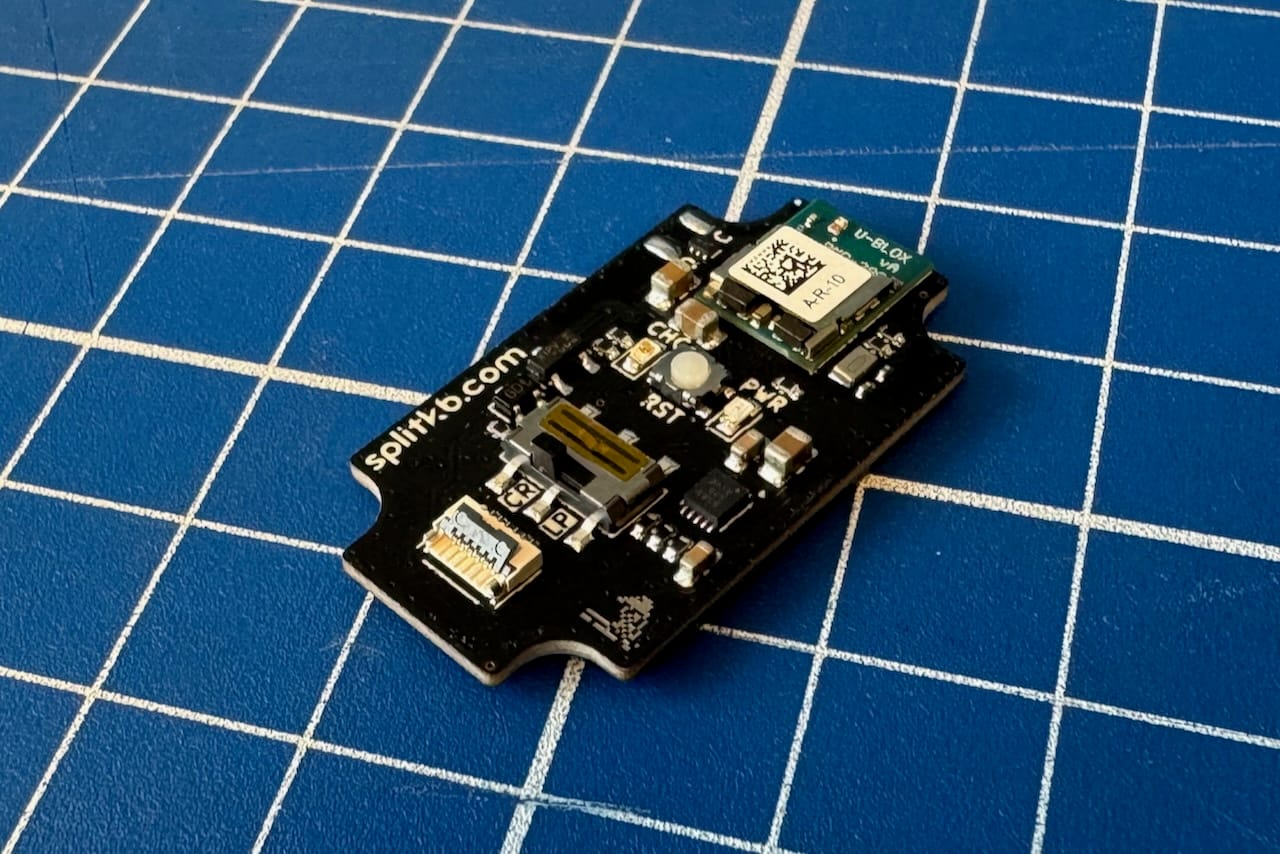
We've been talking about it in previous updates, and we've been making progress still: a wireless Halcyon controller. I'm happy to announce that, much like we aimed to do, the new wireless controller will actually be a drop-in replacement! This means that your current as well as any future Halcyon keyboards will be able to be made wireless, just by swapping the wired controller out. Let's get in with some quick questions and answers:
- Q: Will the controllers be sold separately?
A: Yes. You won't have to buy a new keyboard in order to make it wireless. - Q: When can I buy these new controllers?
A: We're aiming for a release by March 2026. It might be earlier, it might be later: we'll know for sure after all boards have passed certification and once production has finished. Like earlier products, we intend to launch straight from stock. We may offer the ability to preorder, but only once we have a firm ETA on the delivery of all products to our shop. - Q: How does the keyboard get power?
A: You can choose between a LiPo power board, or a coin cell power board. - Q: How do I choose between LiPo or coin cell?
A: A LiPo is rechargeable, but due to the charging circuitry involved, their battery life is comparatively short. We're also unable to stock these batteries, so they'll need to be purchased separately elsewhere. Coin cell batteries are non-rechargeable, but have an estimated battery life of 6-9 months, depending on usage. In both cases, we recommend the use of a bluetooth "dongle" to connect to the computer to greatly increase battery life. - Q: Can I use all Halcyon modules?
A: Yes, though power usage will vary between modules. We'll measure and publish the power usage of all modules so you'll be able to make your own choices.
With that out of the way, let's move on with a preview of what we've been working on!
Halcyon Wireless Controller
We already had a first iteration of a prototype that worked, but there were a few small things we still wanted to improve upon. We improved the power usage by opting for a better battery charging IC, and we changed the cable by which the power board connects to a flexible flat cable in order to reduce costs and improve flexibility in the placement and variety of power options.
Some Halcyon features draw additional power, such as the ESD protection diodes that protect all GPIO pins. Due to several optimisations, including the improved battery charging IC, we managed to reduce the power draw to even below that of the nice!nano, despite it offering more functionality. We could've opted to leave out the additional protections, but in our experience, the added resilience is very welcome, as it means that dead rows or columns caused by an accidental zap become a thing of the past.
The controllers come without a bootloader, which is required for you to be able to flash firmware to it. We've been working on a jig which allows us to run our semi-automated testing suite and flash the bootloader in one go, making the process fool-proof, efficient and traceable, which should result in you getting a working controller out of the box, every time. Nice!
Power Boards
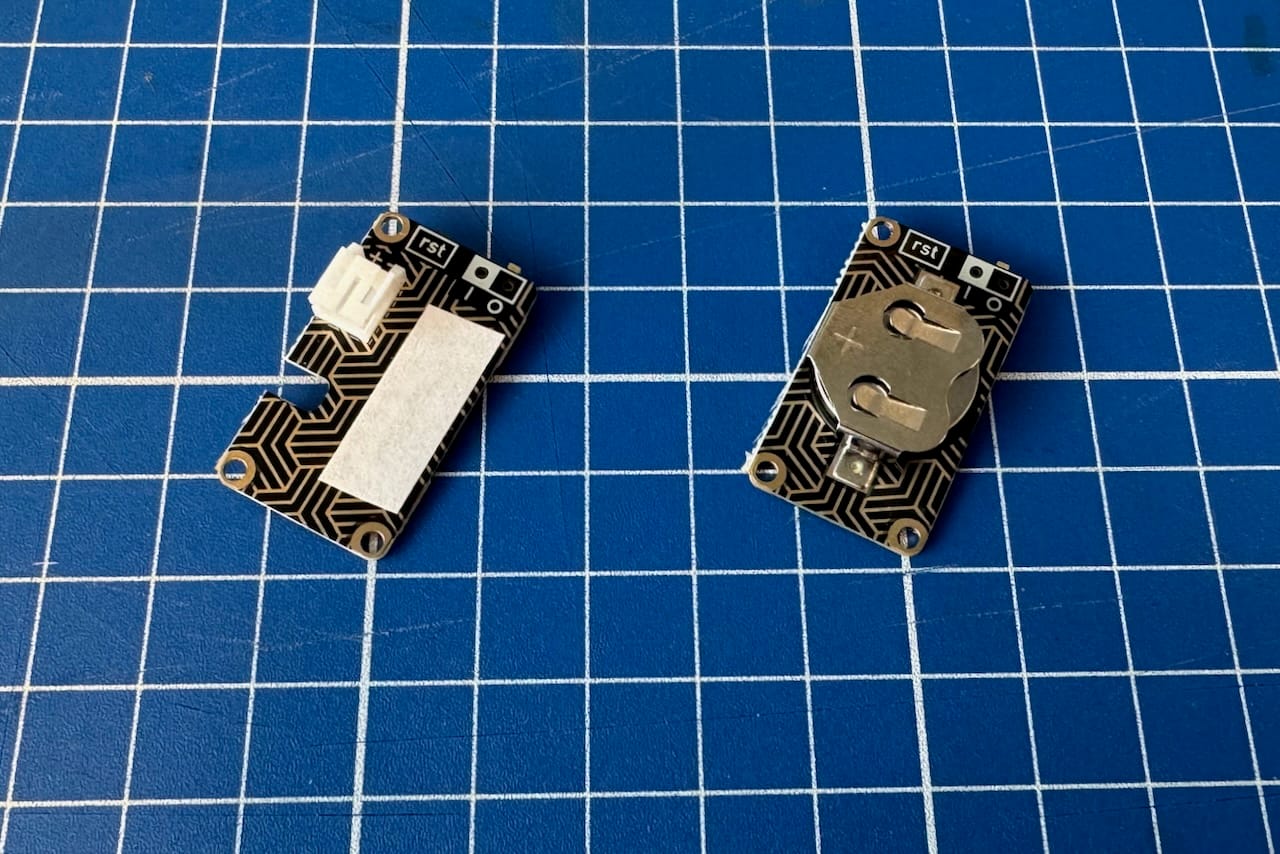
We made a dedicated set of boards to fit on top of the controller and below the module. There will be two kinds at the release: a LiPo Battery Power Board, and a Coin Cell Battery Power Board.
The power boards add some height to the top side of the keyboard. We thought it would be a worthwhile tradeoff as other places to put the battery came with various cons, such as adding height to the entire keyboard or requiring a solution to mount it to an edge of the keyboard. You're still able to do that by using a longer flexible flat cable, but by default it'll be mounted on top of the controller.
You're still able to use modules even when using a power board: it can be mounted on top! Especially with a display module, the additional height won't be an eyesore, but other modules are definitely usable as well. We'll publish additional product pictures once we have more examples, so you know what your keyboard could look like when using various modules.
Each power board has an on-board power switch which allows for easy access to turn the keyboard on and off, as well as a hardware reset button as the one on the controller would be obscured by the power board. Convenient!
Since the power board will be in full view when not using any module, we made sure to pay attention to its aesthetics. The copper pattern provides some nice eye candy, and the symbols printed next to the buttons were custom designed to be legible yet unobtrusive. There shall be no logos in your face, as usual.
Coin Cell Battery Power Board
The coin cell power board will come with a battery preinstalled, which gives an estimated battery life of roughly six to nine months when used with a bluetooth dongle. There are left- and a right-sided versions of the board so that you can easily replace the battery once it has been depleted.
LiPo Battery Power Board
The LiPo battery power board will not come with a battery, due to strict shipping regulations. However, it'll be easy to connect a battery to the board by using its JST jack: we'll provide the required parts to crimp a fresh JST connector to your battery with this set of power boards.
For added convenience, a strip of double-sided tape has been pre-applied to the power board, making it easy to stick your battery on top. A cable cutout allows for cable management.
E-paper Display Module
The TFT LCD module will work with ZMK as well, but as usual, fancy things do come at a price: a TFT LCD display uses rather a lot of power! And so, we set out to find a low power display that was still fancy enough, but also left you with plenty of battery life to use. One of the solutions we came up with was the use of an e-paper display.
We haven't received the Halcyon prototype of this display yet (so... no pictures! 🥲), but our preliminary testing of the e-paper display is promising: it's likely more than good enough for use in computer keyboards, yet it is also less costly to produce than some other display types, so we think it'll be a popular option!
A memory-in-pixel LCD display such as that used by the nice!view is also in development. Factory lead times for this type of display are rather long and can be unpredictable, so it will not be ready in time for launch along with the rest of the lineup. You might just find that the e-paper module will meet your needs, so we're not too worried – it'll be nice to have more options nonetheless.
Pro Micro Adapter
We're not done yet! Even though the Halcyon Series don't require any soldering, there's still a large collection of keyboard kits that do, many of which require a Pro Micro-compatible controller.
It's still in active development, but we're looking to add a few nice features: you'll be able to use not just the controller, but also our Halcyon modules along with the adapter. Next to that, we're looking into adding circuitry to prevent unplugging the TRRS cable on Pro Micro-based kits from causing any damage to the controllers, where it used to be a pretty surefire way of inadvertently killing your controller.
Next to that, the adapter makes it easy to cold-swap your controller, and of course you get the original Halcyon features on top: most importantly the ESD protection on each pin, making dead rows or columns from an accidental zap a problem of the past.
Due to the large variety in kits, getting the kinks worked out may take a while longer, so it's possible this adapter won't be part of the initial release. However, we're very hyped about the possibilities, as it'll make it easy for anyone to use our Halcyon controllers and modules with their own keyboards 🥳
Roadmap
So, we're working on many things, but when is all that actually becoming available? Here is the rough planning:
- We're aiming to release the wireless controller along with its supporting parts and modules by the end of the first quarter of 2026, somewhere around March. It's a rough estimate, but I do hope we can make that - we'll share more details as we make progress.
- We will likely have two new keyboards available before Christmas: the Halcyon Corne MX and the Halcyon Lily58 Choc. We're slowly completing our lineup!
- We will work on a Halcyon version of the Sofle V2, as well as a Halcyon Ferris MX. We do not have an estimated release date on these, though - they'll likely become available only after the release of the wireless controller.
- A Halcyon version of the Helix isn't planned yet. If you'd like one, please do let us know - it doesn't seem to be a very popular board. Be there or be square - maybe everyone's not around because of the orthogonal layout 😉
Closing words
If you ever have any questions, please feel free to ask them on our Discord server, or send an email to support@splitkb.com. We're always happy to help!
Thank you for reading all this, and see you at the next update! ❤️

